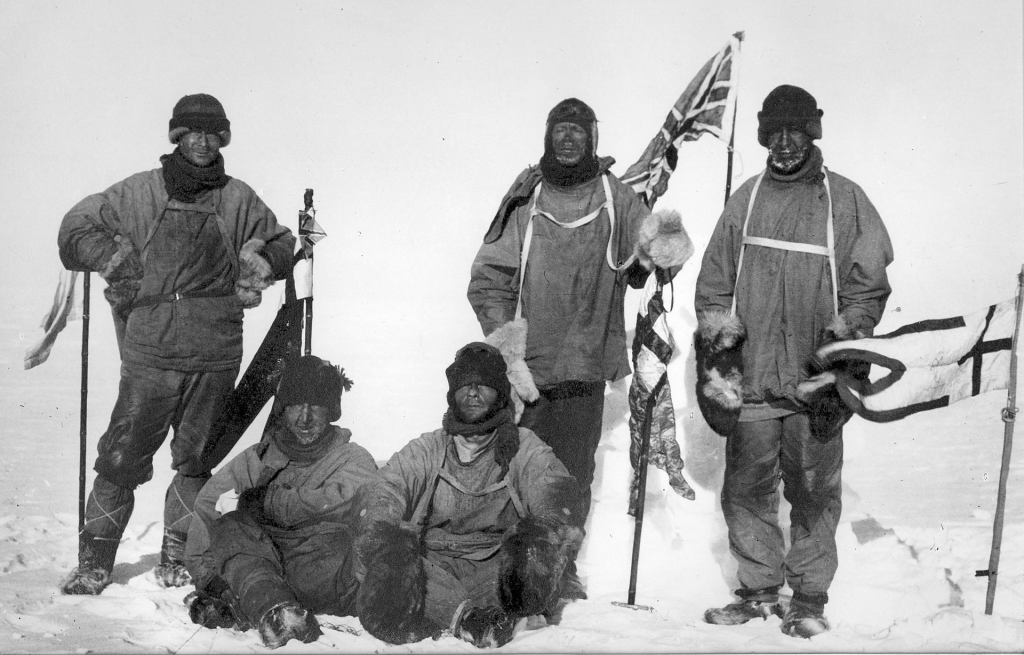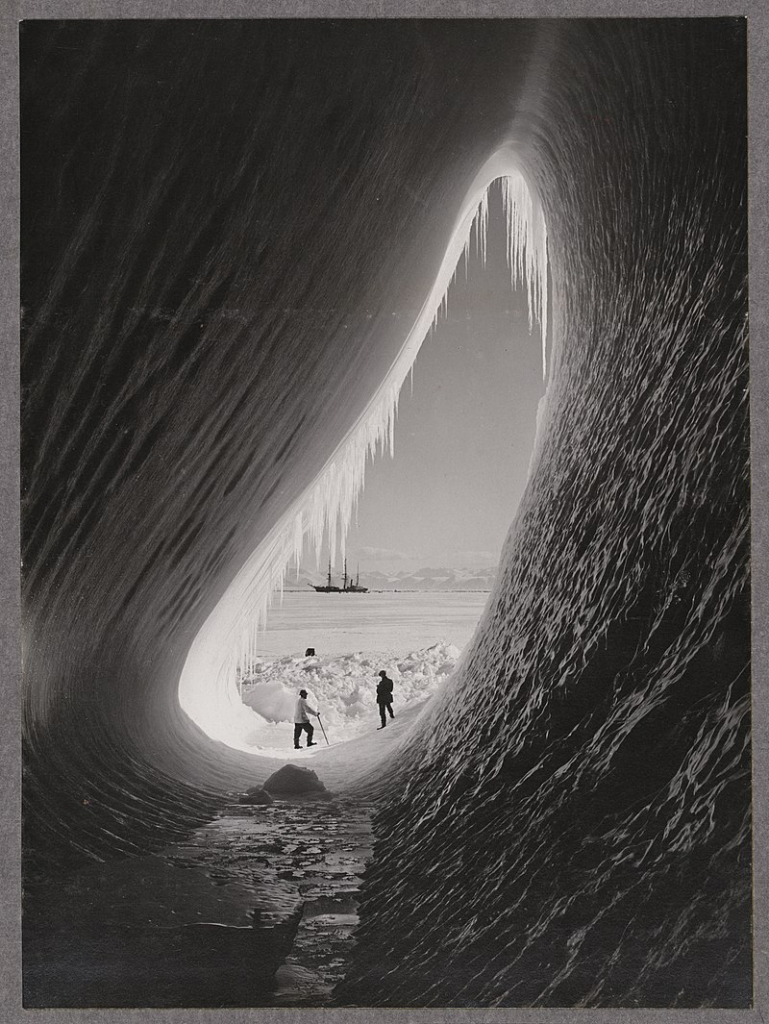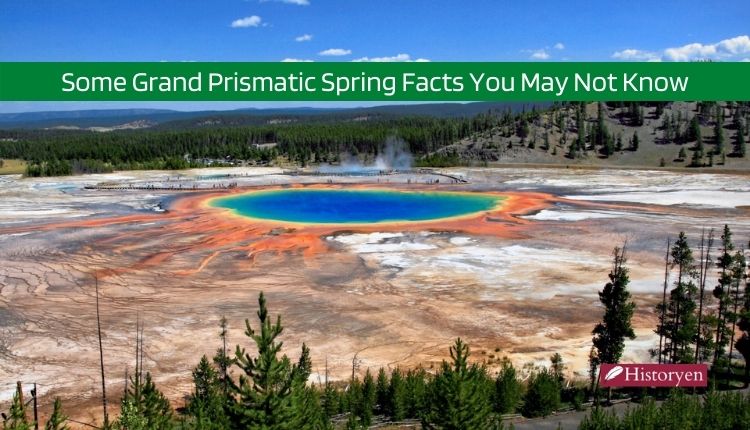The Terra Nova Expedition, officially known as the British Antarctic Expedition, took place between 1910 and 1913. Led by Captain Robert Falcon Scott, this expedition had both scientific and geographical objectives. Scott aimed to continue his scientific work from the previous Discovery Expedition and wanted to be the first to reach the South Pole.
The Race to the South Pole & Terra Nova Expedition
On January 17, 1912, Scott and four companions reached the South Pole, only to discover that Roald Amundsen’s Norwegian team had already arrived 34 days earlier. Tragically, Scott’s party of five perished during the return journey. Their bodies, journals, and photographs were found by a search party eight months later. The Terra Nova Expedition was privately funded through public contributions and a government grant, with additional support from the Admiralty and the Royal Geographical Society.
Preparations and Personnel
After the return of the RRS Discovery from Antarctica in 1904, Captain Robert Falcon Scott had a strong desire to return to the southern continent. Scott aimed to conquer the South Pole, a feat that had eluded him during his previous expedition. He was motivated by the news that Ernest Shackleton’s Nimrod expedition had come close to reaching the Pole.

The personnel for the Terra Nova Expedition consisted of 65 men, including experienced crew members from the Discovery Expedition and Shackleton’s previous expedition. Lieutenant Edward Evans was appointed as Scott’s second-in-command, and other notable members included Victor Campbell, Henry Robertson Bowers, Lawrence Oates, and Tryggve Gran. Edward Wilson served as the chief scientist, leading a team of scientists who conducted comprehensive research during the expedition.

Transport and Finance
Scott’s transportation strategy for the expedition involved a mix of dogs, motor sledges, and ponies. Cecil Meares was responsible for the dog teams, Bernard Day managed the motor sledges, and Oates oversaw the ponies. However, the motor sledges proved to be of limited use, and the ponies faced challenges due to their age and condition. Despite these setbacks, Scott recognized the effectiveness of dogs during the expedition.

Financing the Terra Nova Expedition was a significant challenge. Unlike the Discovery Expedition, which received support from the Royal Society and the Royal Geographical Society, the Terra Nova Expedition relied on private funding. Scott estimated the total cost at £40,000, with half of the amount covered by a government grant. The rest was raised through public subscription and loans, with additional support from commercial firms.
Objectives and First Season
The main objective of the expedition, as stated by Scott, was to reach the South Pole and bring honor to the British Empire. However, there were also important scientific and geographical objectives. The scientific work conducted during the expedition aimed to expand knowledge in various fields, including meteorology, geology, and biology. Additionally, the expedition planned to explore King Edward VII Land and Victoria Land.

During the first season, Terra Nova encountered challenges such as storms and pack ice. The ship finally reached Cape Evans, where the shore parties disembarked and set up a base. The expedition faced difficulties unloading supplies, but they managed to establish a prefabricated accommodation hut.
What we learned from the Terra Nova Expedition?

The Terra Nova Expedition was an ambitious endeavor led by Captain Robert Falcon Scott to explore Antarctica and reach the South Pole. Despite facing numerous challenges, Scott and his team made significant contributions to scientific research in the region. The tragic loss of Scott and his companions during the return journey brought both admiration for their bravery and scrutiny.



